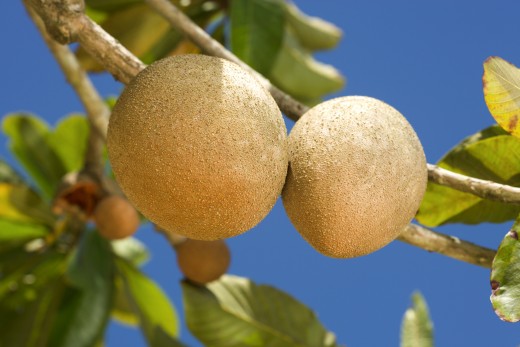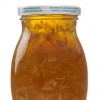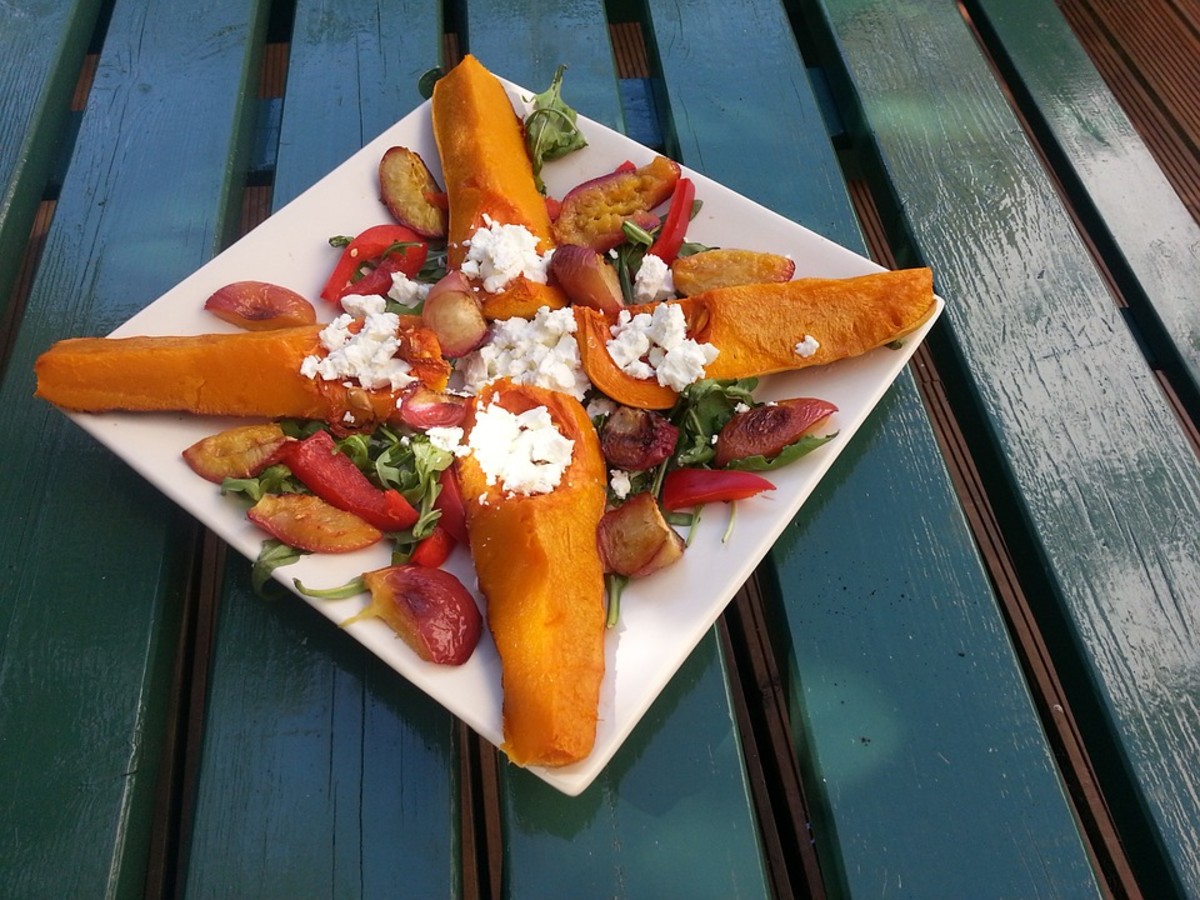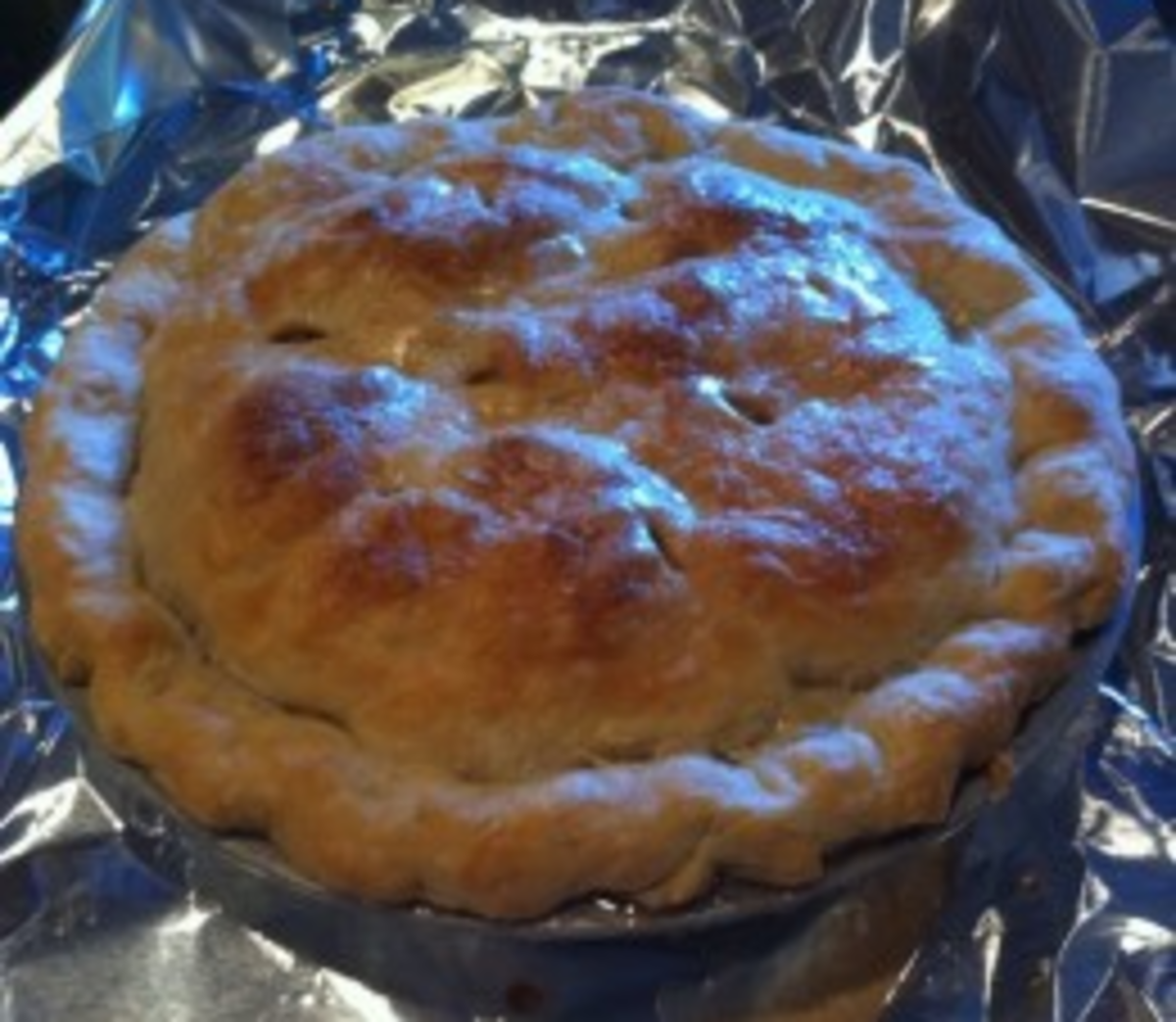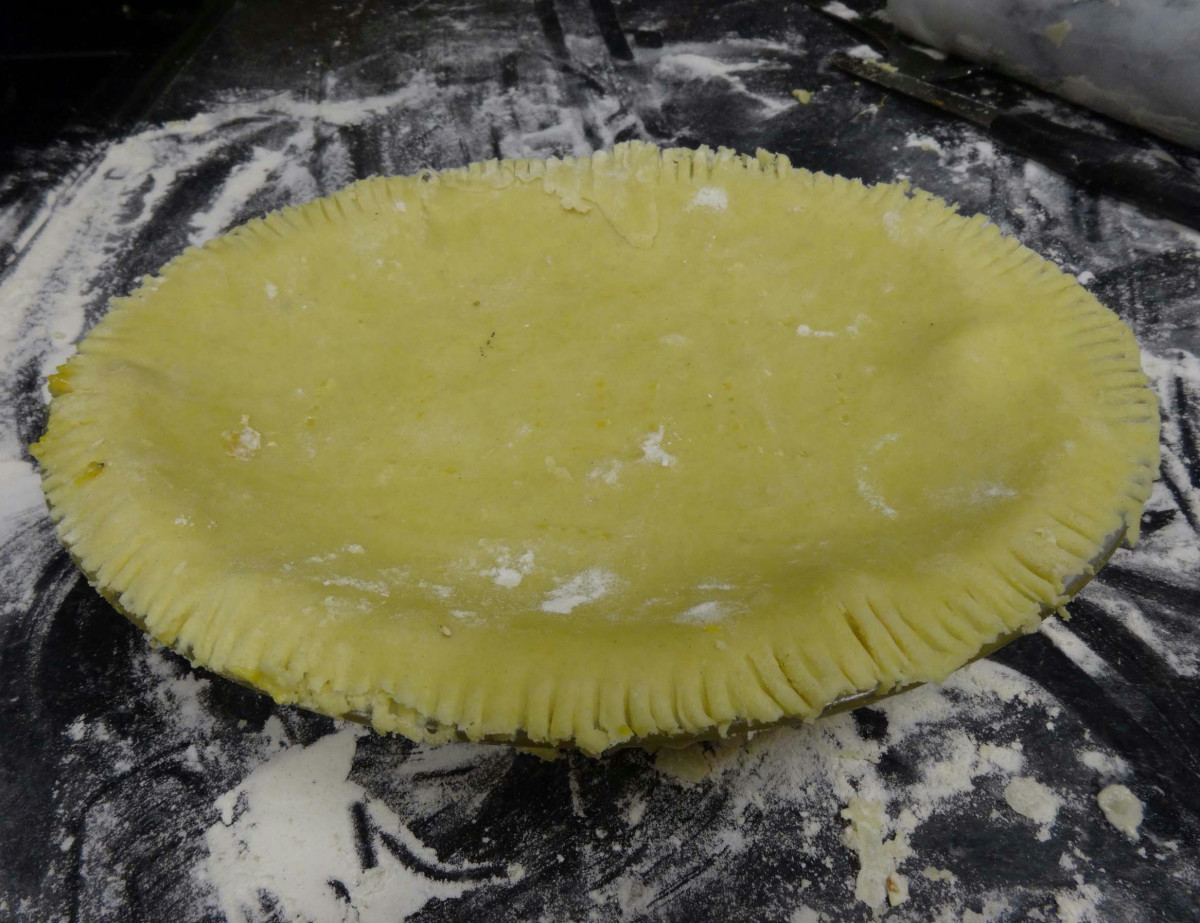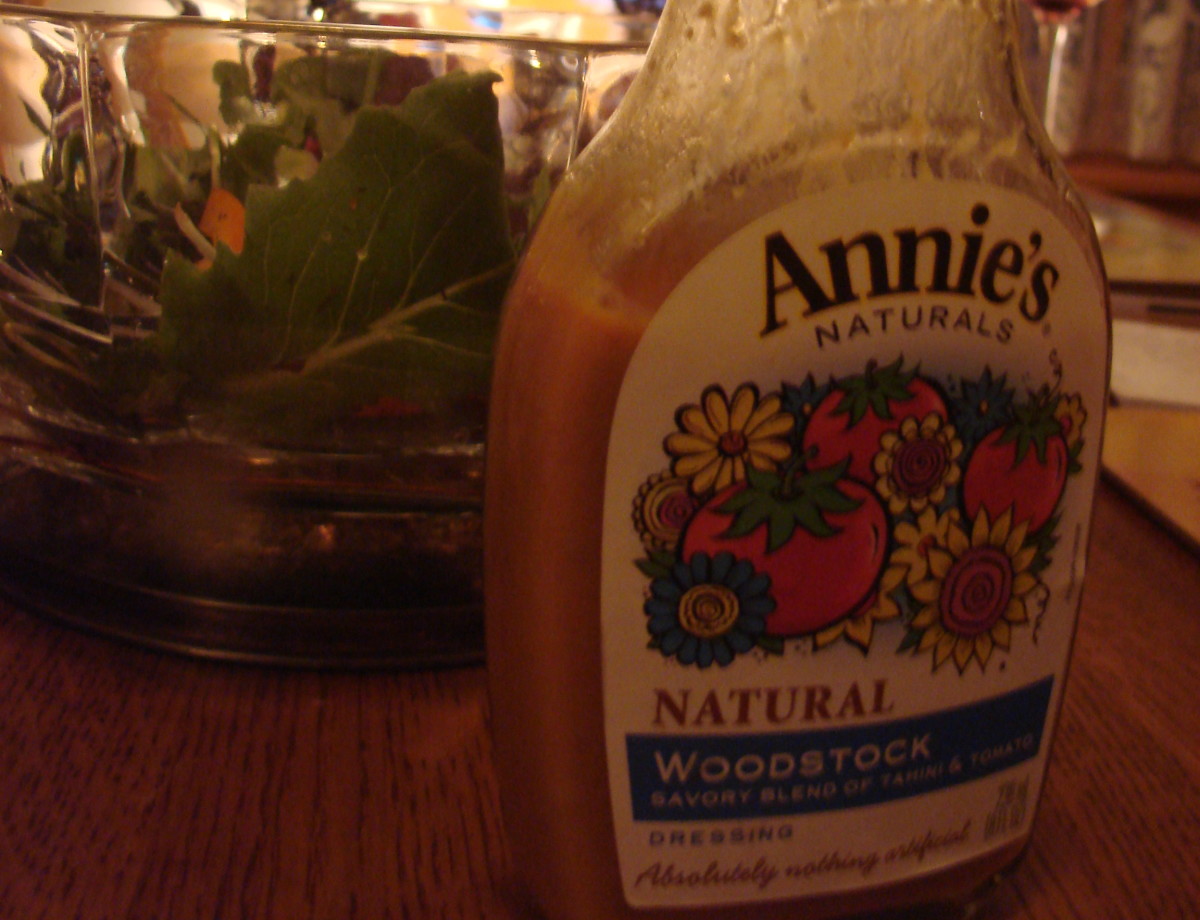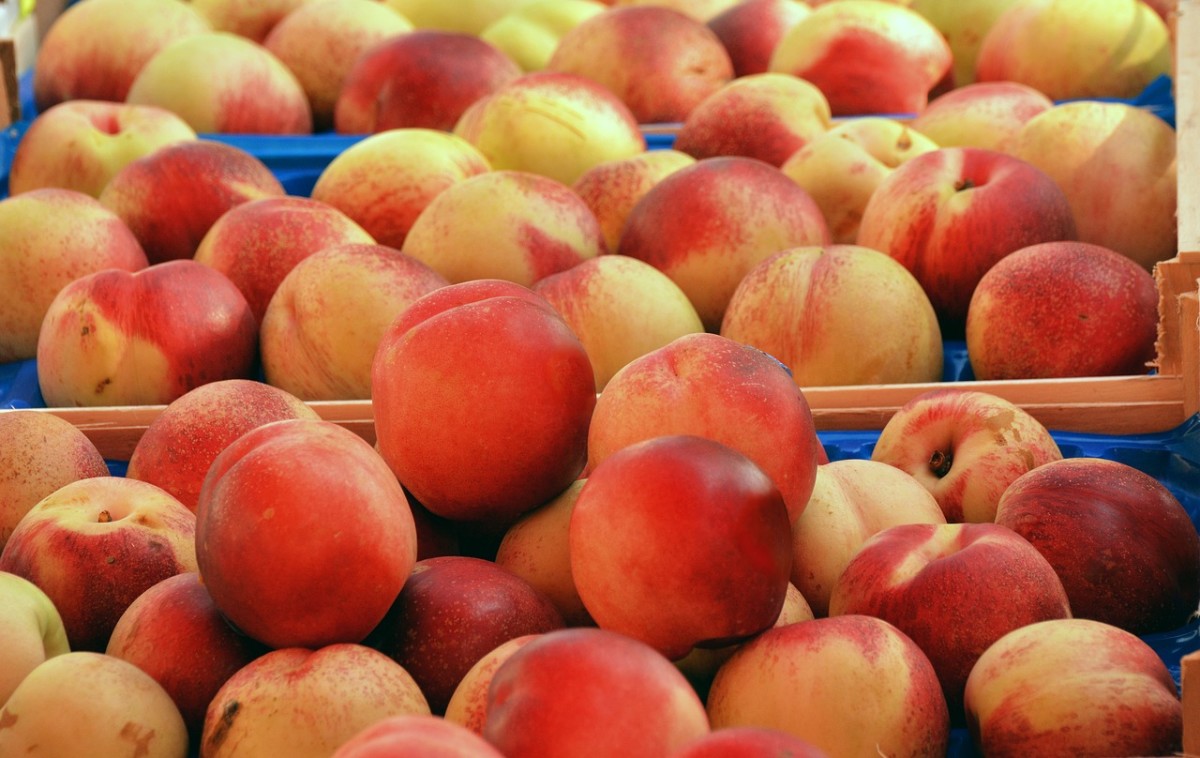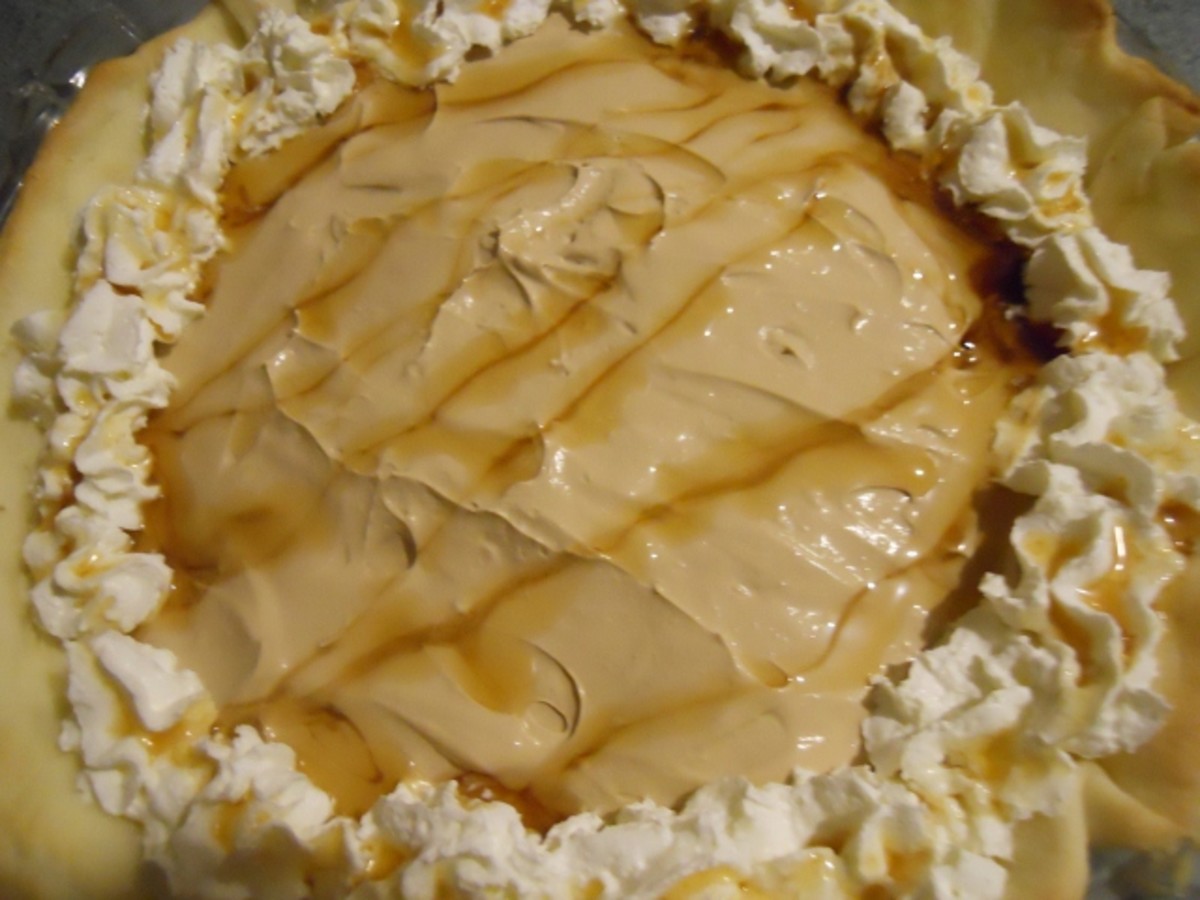- HubPages»
- Food and Cooking»
- Dessert Recipes»
- Pies & Tarts
Making Pumpkin Pie from Scratch, Without Using Canned Pumpkins!
Seasonal Alternatives to Pumpkin
Common and Uncommon fruits and vegetables that can mimic pumpkin, from the fresh fruit aisle, where fruit is healthier and tastier than mystery pumpkin in a can!
- Butternut Squash
- Kabocha Squash
- Mamey Sapote
- Carnival Squash
- Sweet Potato
Canned Pumpkin is Mystery Squash
Most canned "pumpkin" is, in fact, a hybrid squash called "Dickinson" that looks like a cross between a butternut squash and a mad scientist's lab experiment. I don't actually mind that. I do mind the mystery of "natural flavorings" and how there's preservatives in the canned cucurbit that could be hidden in the same way that transfats were hidden for so many years before the truth came out.
Honestly, it's not like pumpkins are that hard to process. Poke a few holes in them and microwave them on 1/2 power for 5 minutes, if the oven takes too long. Or, just cut them in half, scoop out the seeds and strings, and then roast them in the oven at 350 degrees for about an hour, in an inch of water. If you're making pie, you've already committed to a long, slow process of baking, so go ahead and just take that one extra step to produce something of quality.
Unfortunately, pumpkins are often only available during the winter months, and a good, baking pumpkin can be pricey. Outside of prime pumpkin season, canned pumpkin may feel like the only alternative.
No, but wait! Pumpkins are hardly the only rich, creamy, autumnal squash in town, and even in the summer, other fresh vegetables can easily be worked into the mixture to mimic the fresh pumpkin flavor in ways that will be vastly superior to anything from a can.
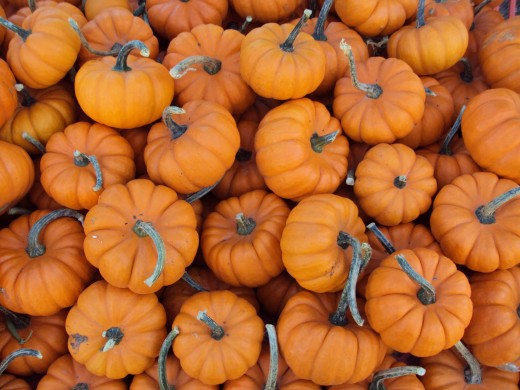
Rate This Recipe!
Using Squash to Mimic Squash!
The best pumpkin pie I've ever had was made not with a pumpkin, but with a Butternut Squash. This common squash is widely available, often year-round, and makes a fantastic pie. If you don't tell your guests that they are eating squash pie, they probably won't know.
In fact, the "Dickinson" squash, that is a hybrid of pumpkin, commonly available in canned pumpkins and mislabeled as "pumpkin" is, in fact, a hybrid of pumpkin and butternut squash! Butternut squash is indistinguishable from canned pumpkin, baked into a pie, except that it will be nuttier, richer, and better in every way to canned pumpkin!
Cooks who have prepared pumpkin from "sugar pie" pumpkins will note that the flesh of pie pumpkins is actually much lighter than the stuff that comes out of canned pumpkin jars. Butternut squash is the same color as the canned stuff. Serving "real" pumpkin pie, made from a pumpkin, alongside a butternut squash pie, at one Thanksgiving, most of my non-culinary-inclined guests assumed the squash pie was the pumpkin, and the pumpkin was the squash! (In fact, taste testers preferred the butternut squash pie!)
Any squash can be used to mimic pumpkin and make fabulous pie, but some squash are better suited than others. Delicata squash may be one of the tastiest squash in existence, but they are very small and would require a large number to fill out a whole pie pan. Acorn squash, as well, tends to be on the small side, and might be a challenge to use for a whole pie by itself.
Look for Kabocha squash, Turban, or other large squash varieties.
Spaghetti squash is often too stringy to fool anyone. Even if it is pureed, it tastes off in pie form, and still does not have the right texture.
First, process the squash by chopping it in half, and scooping out the seeds and stringy bits, just like you would a pumpkin. Place the two halves face down in an inch of water, and roast at 350 degrees for about an hour. Use tongs to remove the hot squash from the pan, when they're soft to the touch. Scoop out the soft interiors, and refrigerate any amount that you don't immediately use for pie!
Here's the replacement recipe for the filling, with squash:
- 3/4 cup granulated sugar
- 1 teaspoon ground cinnamon
- 1/2 teaspoon salt
- 1 teaspoon pumpkin pie spice
- 2 large eggs
- 1 cup of steaming hot squash flesh
- 1 can of evaporated milk
But wait! What is this evaporated milk, stuff? It comes from a can! We are trying to avoid canned things, right?
Consider, instead, coconut or almond milk.
Take one and a half cups of coconut or almond milk, and 1 tablespoon of corn starch, stir them together cold, then simmer on low for about fifteen minutes, stirring occasionally. Once the volume is reduced to about one cup, use this concoction to replace the canned evaporated milk.
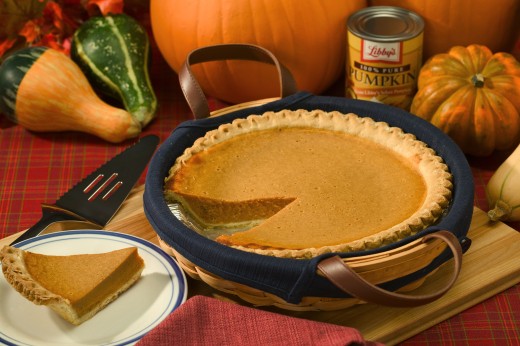
What about Sweet Potatoes? Would that just be Sweet Potato pie?
Now, sweet potatoes are pretty close. And, they are available in the warm, summer months. But, obviously, that would make the pie a "sweet potato pie" not a pumpkin pie. This is also delicious.
Who says you have to have just one kind of starchy, sweet ingredient? Smaller, tastier squash varieties, like the glorious Delicata are often too expensive to use by themselves. Combining half sweet potatoes, and half gourmet squash to replace the "meat" of the pie will allow the flavor of the fancy squash to come through, carried on the back of the inexpensive sweet potato.
There's a lot more to sweet potatoes than just the common orange one. There's purple ones from Japan, and pure white ones with extra starchiness. The richness and sweetness and depth of purple sweet potatoes would overpower anything else in the pie. The lightly-colored, lightyly-flavored whiteflesh sweet potatoes add lots of sweetness without becoming a dominant flavor.
When using sweet potato, taste and check the level of sweetness of the potato against the squash, and adjust the sugar accordingly. Using the white sweet potato could mean cutting sugar in half. Any sweet potato will be adding sugar to the recipe, and will require a reduction.
Have you ever heard of Mamey Sapote?
Only one time have I ever had the pleasure of sampling Mamey Sapote. It is a rare fruit in America, but exceedingly common and popular in Cuba and Central America. Generally it is used for ice cream, or simply fresh eating. However, brave pie-makers with access to this rare and amazing fruit simply must tell me how they would bake it into a pie.
It tastes like pumpkin pie, already, you see. It has the creamy texture, sweet nutty flavor, and orange glow of pumpkin pie. I could imagine raw "bakers" using a nut crust and mashing sapote alone into the crust, with a pinch of lime juice, to make an amazing pumpkin pie-equivalent suitable for health nuts everywhere.
Have you used Mamey Sapote? Did you make it into a pumpkin pie? What was it like!?
